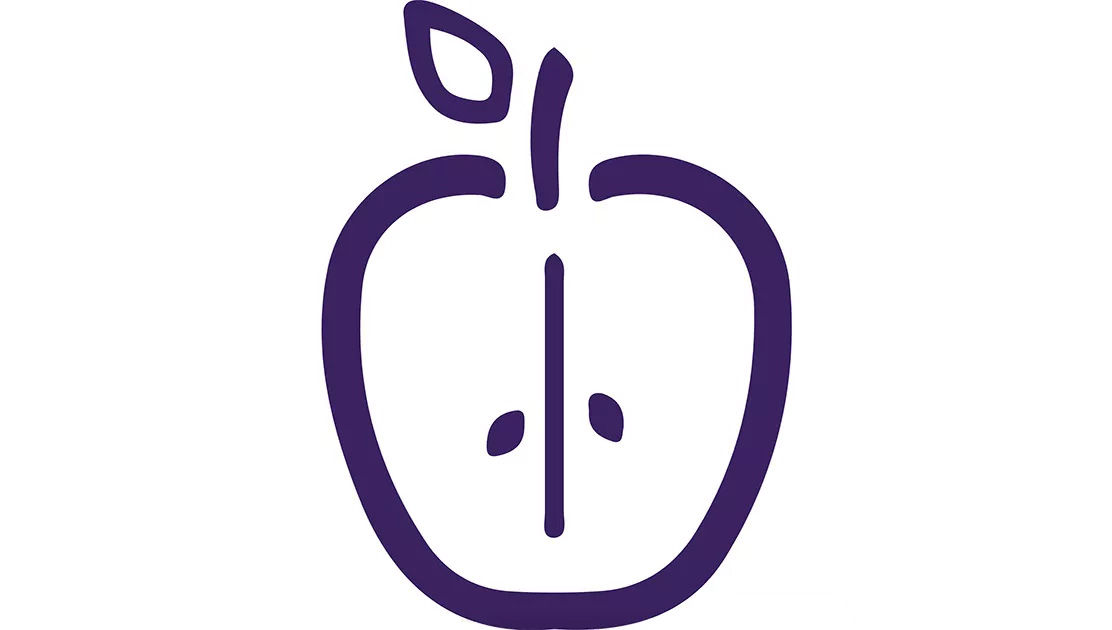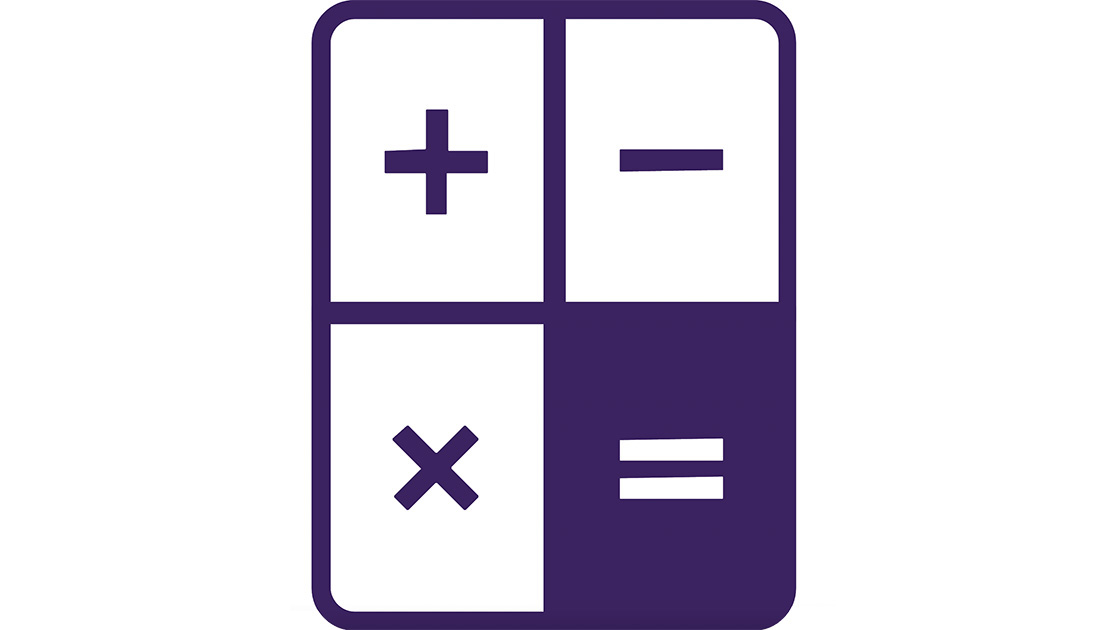Benefits and Perks
Benefits provide peace of mind for you and your family in almost every area of life,
and as a Cal Lutheran employee, you are offered a wide choice of benefit plans. Certain
eligibility conditions must be met to qualify — see options below for details.
Medical & Health
Browse our plan options for medical, dental, and vision insurance, with additional options and resources for detailed information.
Financial & Retirement
Explore benefits that support your financial future — including a retirement plan, voluntary 403(b) contributions, flexible spending account and more.
Work & Life
Lead a balanced life through 20+ additional benefits and perks, ranging from paid time off, to education access, fitness center, and discount programs.
For details, consult our 2025-26 Employee Benefits Guide / en Español. For definitions, see the Glossary.


